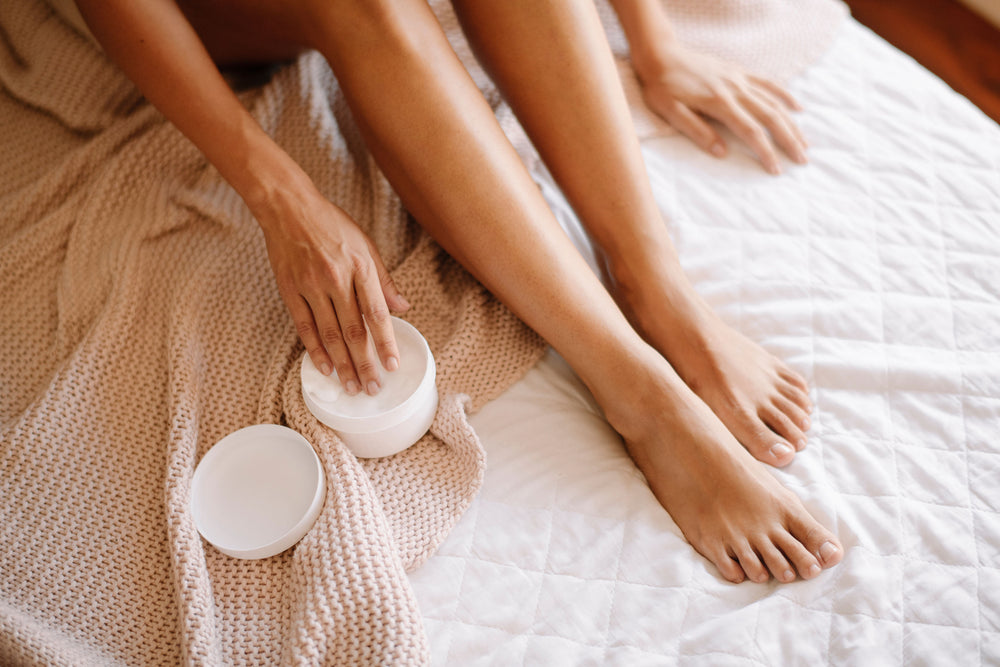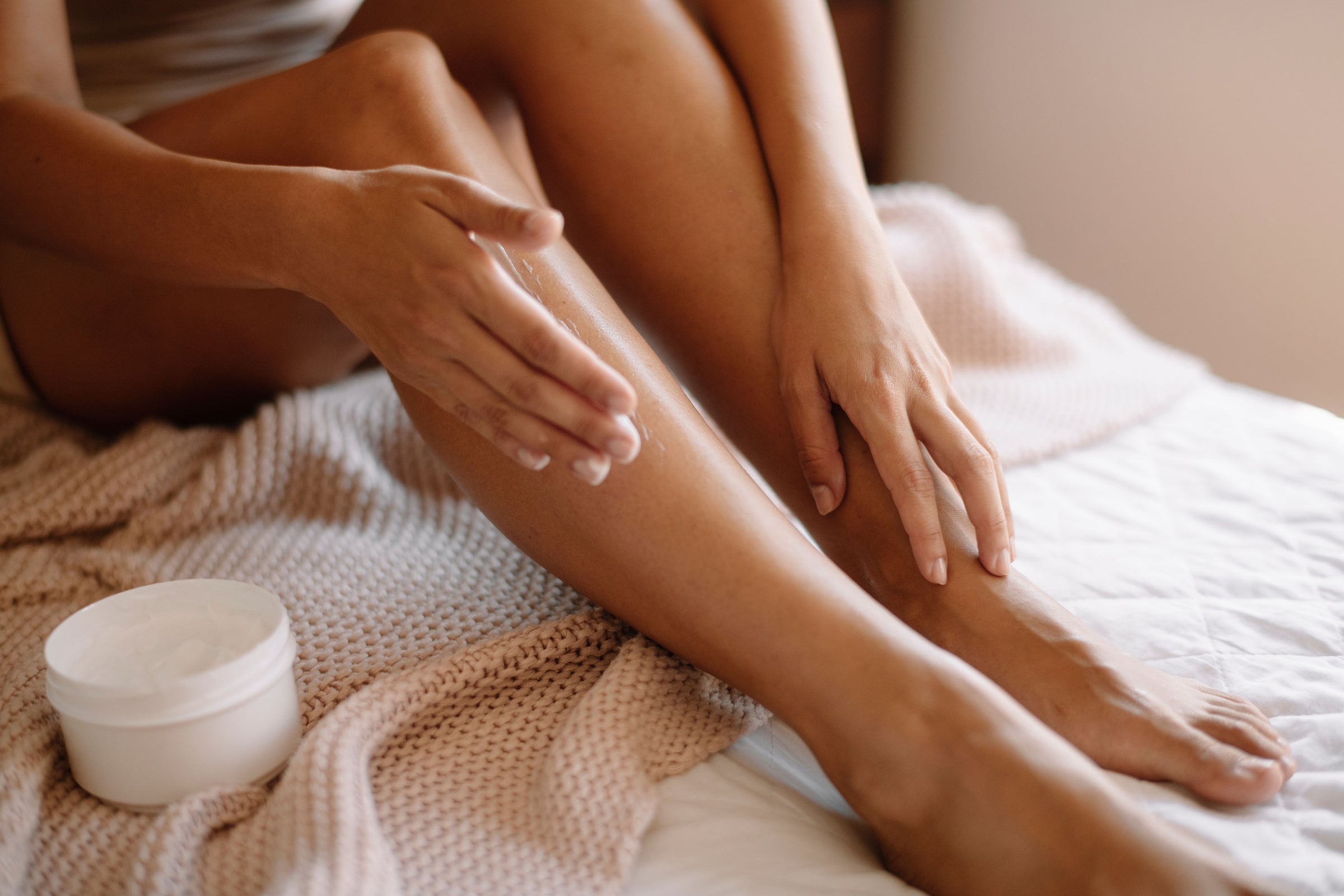The Made Without List
At Balmere™, we purposefully select ingredients that have skin benefits. Additionally, we do not add over 1,400 chemicals banned or restricted in personal care products by the European Union.
We strive to source ingredients of the highest safety and quality standards. However, it is well recognized — and accepted by global regulatory authorities — that nominal levels of a chemical may inadvertently be introduced in a product due to the complexities of the supply chain and manufacturing process.
At Balmere, we work incredibly hard to minimize — but unfortunately, can’t 100% eliminate — the possibility that a product may contain trace levels of a chemical from our Made Without list.
Check out our list below to see what we avoid and why.
What We Avoid
Parabens
Parabens can disrupt hormones in the body, which can affect fertility and reproductive organs, birth outcomes, and increase the risk of cancer. They can also cause skin irritation.



